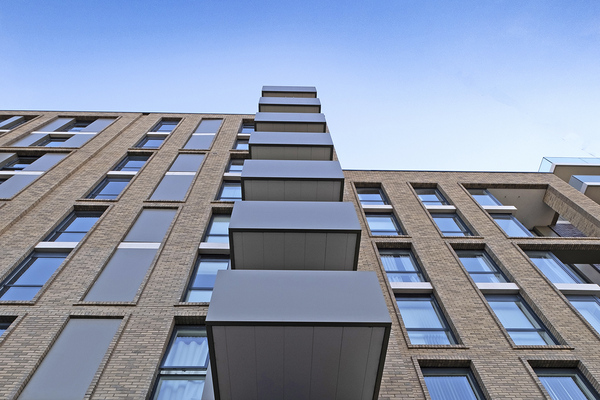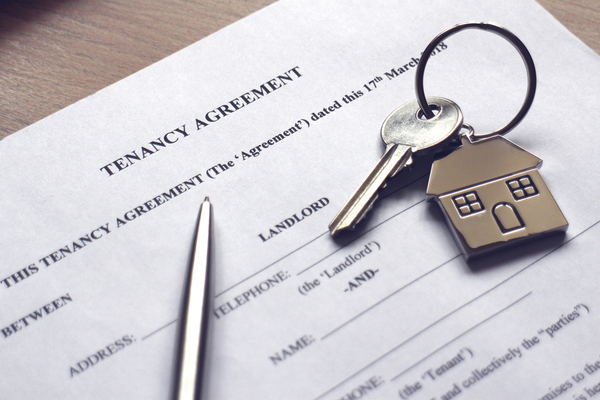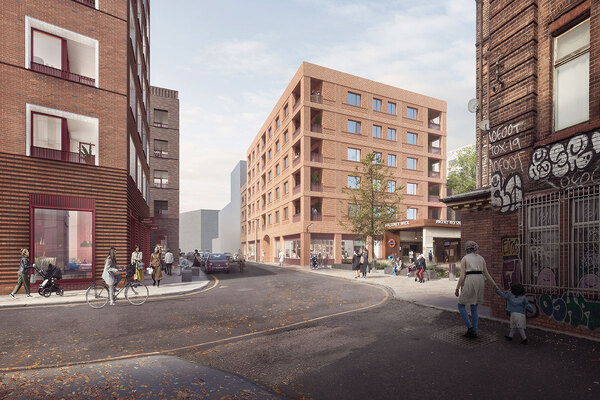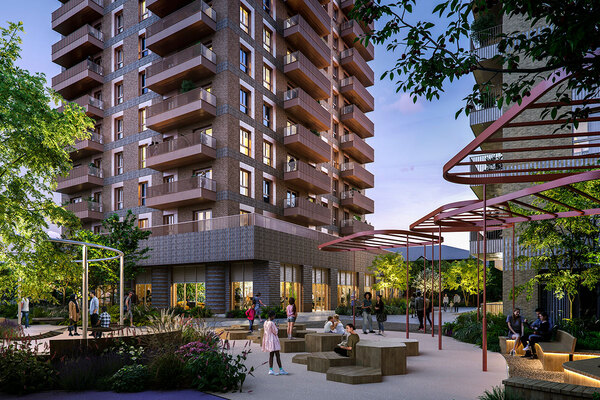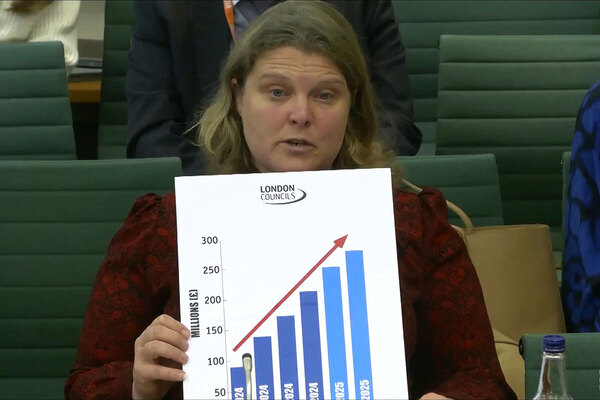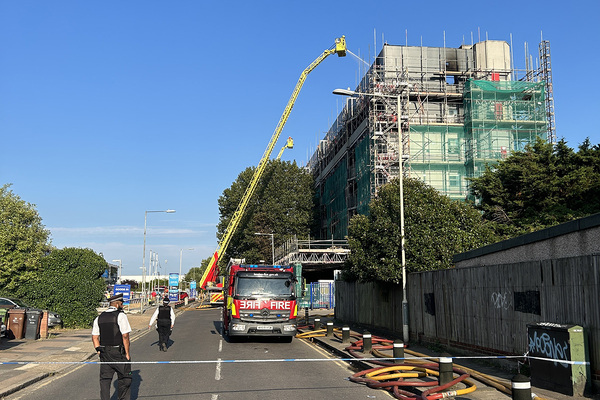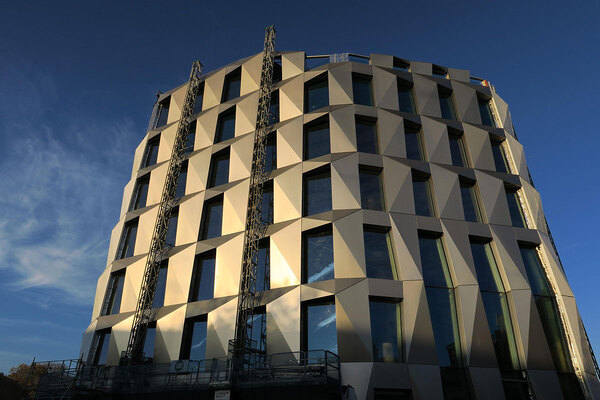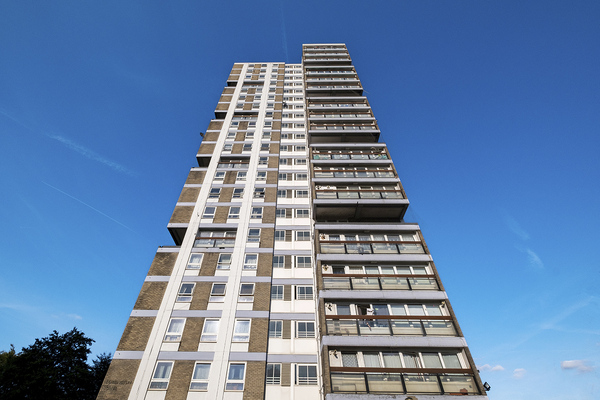All major English housing associations increase rent by maximum amount
All of England’s largest housing associations have raised their rents for the next year by the maximum amount allowed, a new survey by Inside Housing has revealed.
The survey, which polled 243 UK social landlords, found that all of the English housing associations Inside Housing has figures for are hiking tenants’ rent by 4.1%.
Inside Housing asked the country’s top 50 largest housing associations how much they would be raising their rents by, with all 38 English associations that responded opting for the maximum level.
The organisations said the rent rises – September’s Consumer Price Index (CPI) inflation rate plus 1% as set by the government – ensure that “vital investment work” is done, while they are also facing financial pressures such as rising costs related to inflation.
Overall, nine out of 10 (91%) of the UK-wide housing associations polled are increasing rents by the maximum 4.1%. The average UK housing association rent rise is 4%.
However, it is Scottish housing associations that have brought this average down, with Link Housing, Wheatley (including Glasgow Housing Association) and Hillcrest Homes only increasing their rents by 3%, 1.9% and 3.5% respectively for the next 12 months.
Around four in every five (81%) of the English councils surveyed are also raising their rents by the maximum rate. Of the English councils, just two – Wandsworth and Dartford – have opted to freeze rents for the coming year. On average, English councils are upping bills by 3.75% on average.
The increases follow a four-year rent cut imposed by the government from 2016, which has equated to a significant loss in income for the sector.
Under the Welfare Reform and Work Act 2016, and in a bid by government to cut the country’s housing benefit bill, housing associations and councils were forced to cut tenants’ rent by 1% until 2020.
But in London alone, councils estimate that Housing Revenue Account (HRA) rental income is forecast to be more than £500m lower in 2024-25 than it would have been under the CPI plus 1%.
The rent increases come amid a cost of living and energy crisis that is seeing bills skyrocket for residents.
This month sees tenants face a 54% hike in the cap on energy bills, resulting in average annual increases of between £693 and £708 for 22 million households.
There are also bigger National Insurance contributions for those in paid employment, plus a 30-year inflation high of 6.2% as the price of food, goods and services rises upwards.
Although the majority of councils in England are increasing rent by the maximum allowed, some decided on a lower rise than the cap, such as Hammersmith & Fulham at 1.5%, High Peak at 1.6%, Sandwell at 2%, Oldham at 2%, Darlington at 2% and East Suffolk at 2.18%.
In Scotland, where social rent increases are determined by individual landlords in consultation with tenants, this month’s rises are generally lower than in England.
Several councils decided to keep rents low or freeze them altogether in light of the cost of living crisis.
In Wales, nearly half (five) of stock-owning councils increased rent by 3.1%, the maximum allowed by government. Others set lower increases between 2 and 2.95%.
In Northern Ireland, where the 85,000-home Northern Ireland Housing Executive has frozen rents, communities minister Deirdre Hargey has encouraged housing associations to follow suit.
Sign up for our tenancy management newsletter
Already have an account? Click here to manage your newsletters


